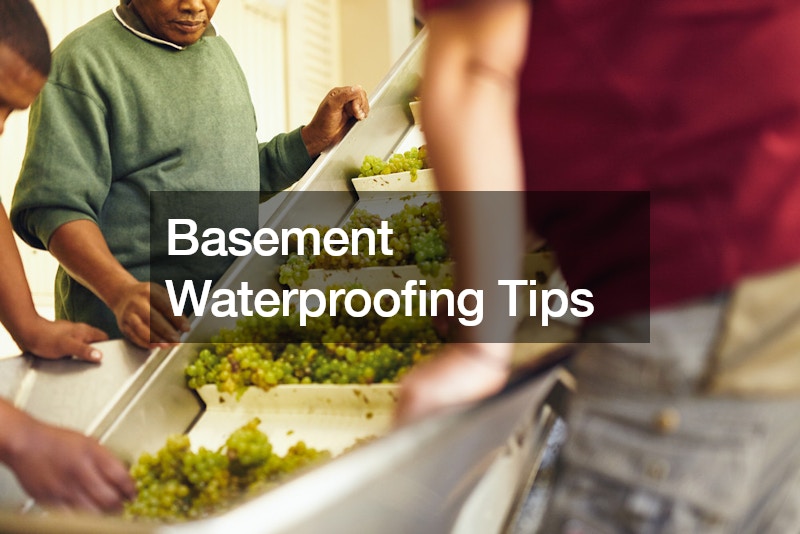Basement flooding repair begins with effective basement waterproofing to prevent water intrusion and minimize the risk of future water damage. Start by inspecting the exterior of your home for any cracks, gaps, or openings in the foundation walls, windows, and doors. Seal any openings with waterproof sealant or caulking to prevent water from seeping into the basement.
Ensure proper grading around your home’s foundation to direct rainwater away from the basement walls. This may involve regrading the soil or installing a French drain or gutter system to channel water away from the foundation. Consider installing a sump pump in the basement to remove excess water and prevent flooding during heavy rainfall or snowmelt. Regularly inspect and maintain the sump pump to ensure it is functioning properly.
Invest in basement waterproofing products such as waterproofing membranes, sealants, and coatings to protect basement walls and floors from moisture penetration. Apply these products according to manufacturer instructions for maximum effectiveness. Inspect and maintain your home’s gutters and downspouts to ensure they are clear of debris and functioning properly. Clogged gutters can cause water to overflow and accumulate around the foundation, leading to basement flooding.,Finally, monitor the moisture levels in your basement regularly and address any signs of water damage or moisture buildup promptly. By implementing these basement waterproofing tips, you can safeguard your home against basement flooding and protect your property from water damage.

